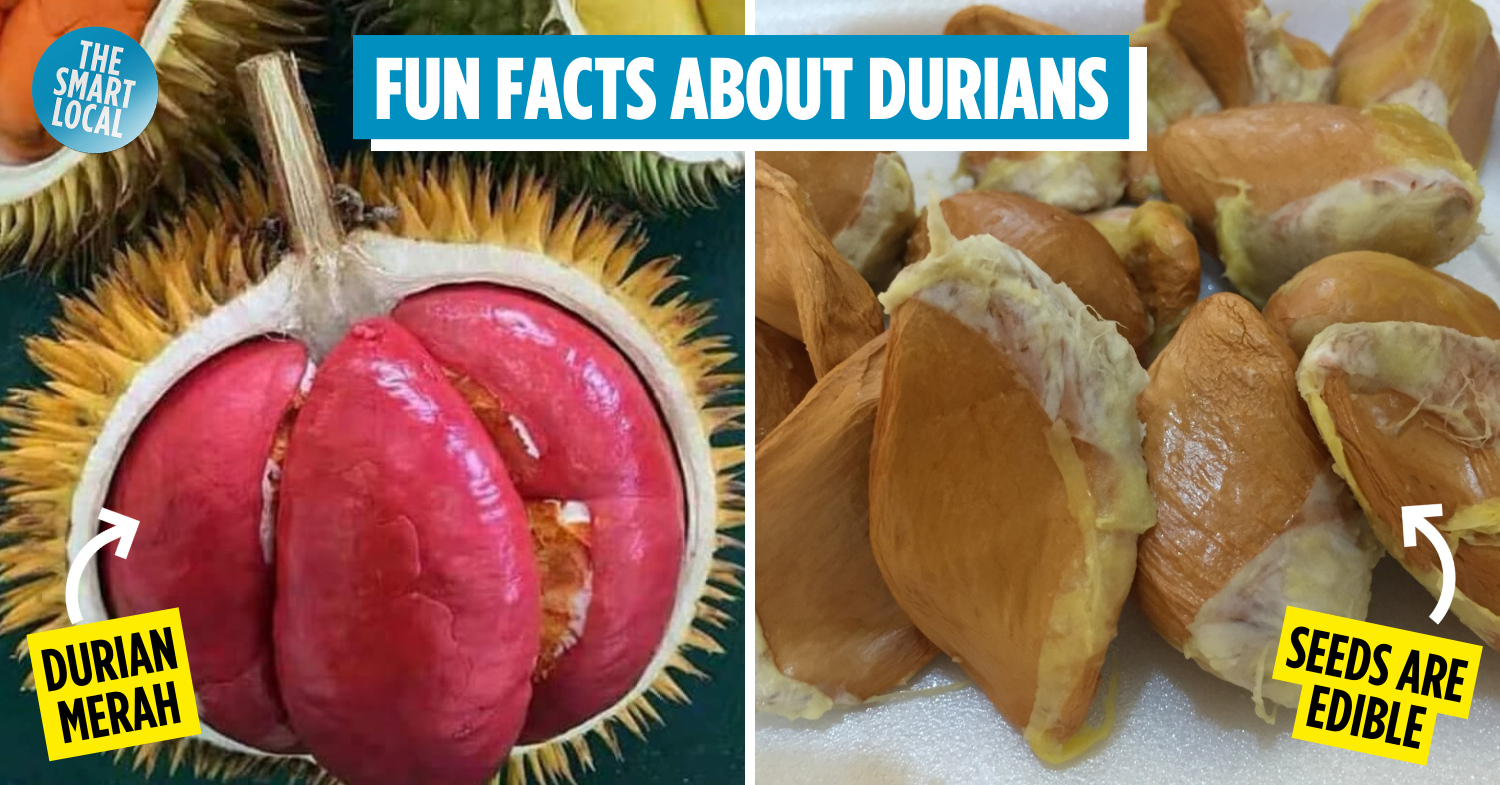Durian facts you should know
Many of us already know common facts about durians. They are called the king of fruits, stink a lot, have spiky thorns, and are high in calories, which makes them unsuitable for dieters. But if you have an ardent love for the fruit, here are 10 fun durian facts that you should know to call yourself a connoisseur.
Table of Contents
- Durian facts you should know
- 1. There are 30 recognised species of durians but only 11 of them are edible
- 2. “Thornless” durians exist and they are completely natural
- 3. Durians seeds are edible
- 4. The most expensive durian ever sold was USD47,990
- 5. Durian Merah or red-fleshed durian is the most popular wild species
- 6. The scientific name for durian was derived from 16th-century Malay language
- 7. Durian trees can live up to 100 years or more
- 8. Okra, hibiscus and cocoa are durians’ cousins
- 9. The Musang King has a partner and it’s called Musang Queen
- 10. The popular belief that you shouldn’t drink alcohol after eating durians is somewhat true
- Fun facts about durians every durian lover needs to know
1. There are 30 recognised species of durians but only 11 of them are edible
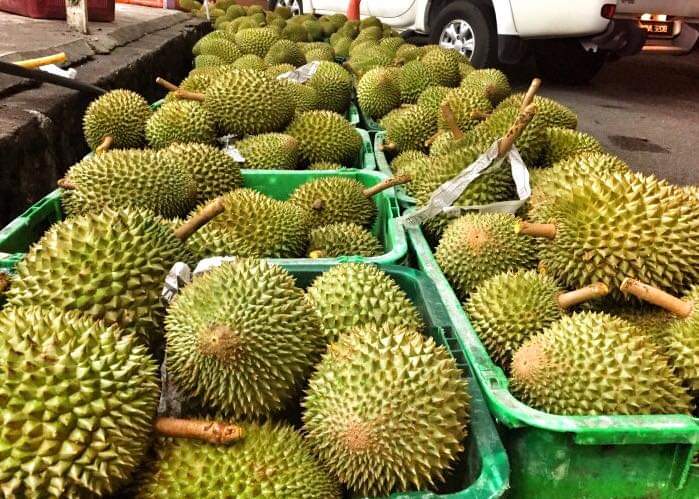
Image credit: Tam Nasi Ayam via Facebook
You know your Musang King and D24 durians. But you’ll probably have never guessed that there are more than 500 varieties of durians in Southeast Asia alone.
Malaysia has about 100 varieties of durians, followed by Indonesia with more than 100. Thailand, being the biggest exporter of durian in the world, has more than 300 varieties of this fruit.
Of these, only around 30 species are recognised, and only 11 are said to be edible. Those classified as non-edible are not poisonous, but they are often wild varieties with little to no pulp and are mostly dry with large seeds and not ideal for eating.
2. “Thornless” durians exist and they are completely natural
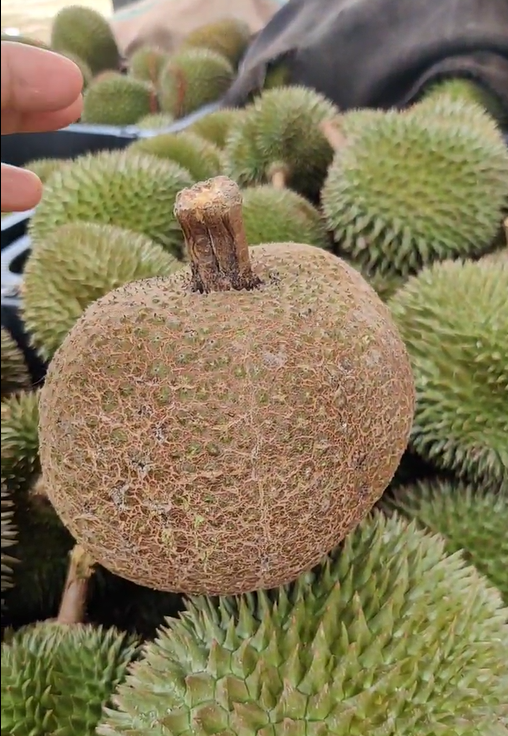
Image credit: Ezy Durian via Facebook
Though rare, thornless durians are completely natural and they exist as a natural variation due to a genetic mutation. As a result, the trees produce fruits with either tiny thorns or none at all, and the thornless durians look more like coconuts than an actual durian.
They’re rounder, brown, smaller and smoother than their thorny counterparts. The colour of the flesh of a thornless durian ranges from white to pale yellow and they taste sweet and creamy, just like regular durians.
3. Durians seeds are edible
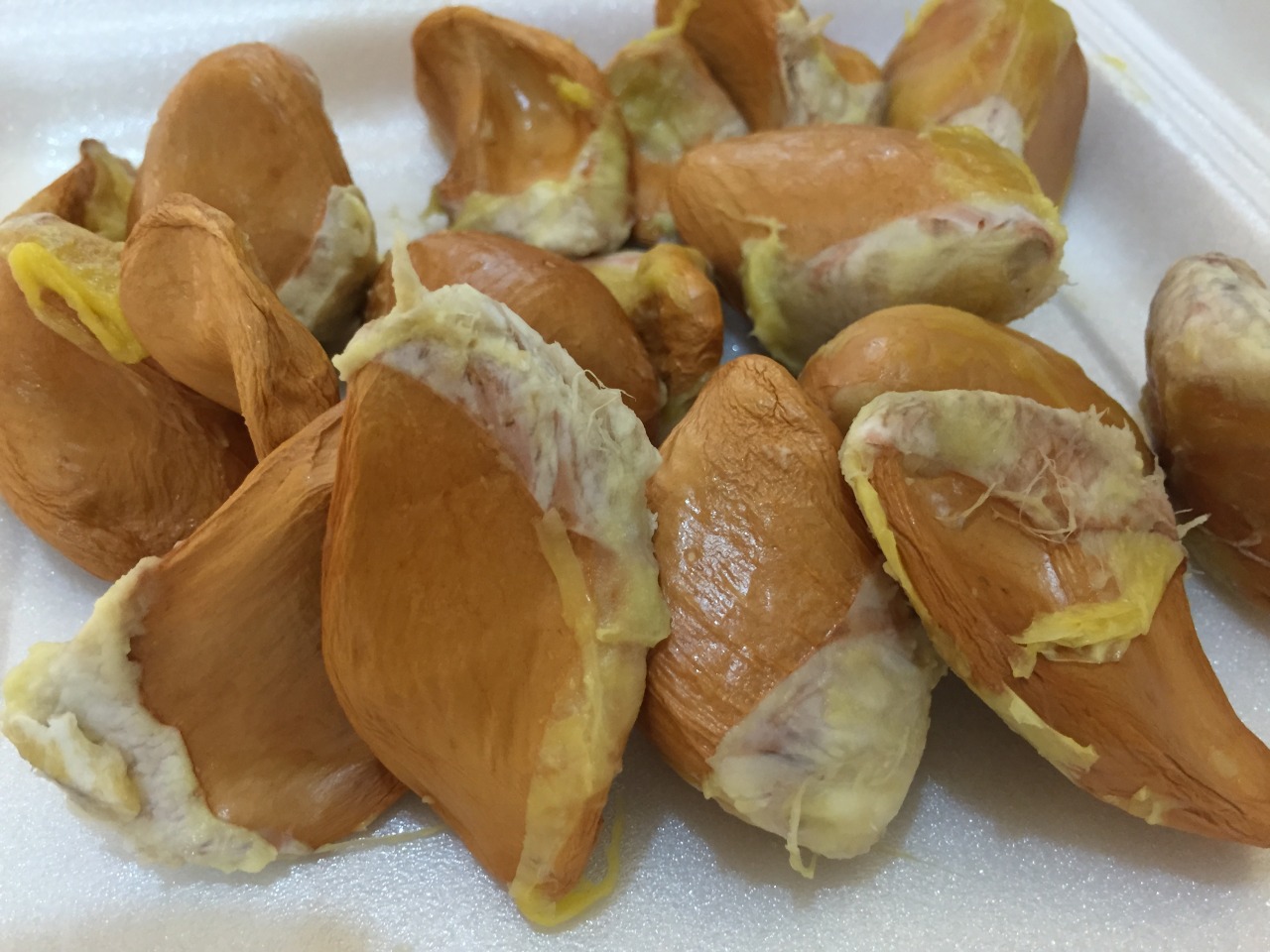
Image credit: @thelazycow via Tumblr
Before you go ahead and swallow that durian seed whole, you’ll want to know that durian seeds must be cooked before consumption. The seeds can be boiled, roasted or even deep-fried to make chips.
Raw seeds are not safe to consume because they contain cyclopropene fatty acids – a cancer-causing substance.
4. The most expensive durian ever sold was USD47,990
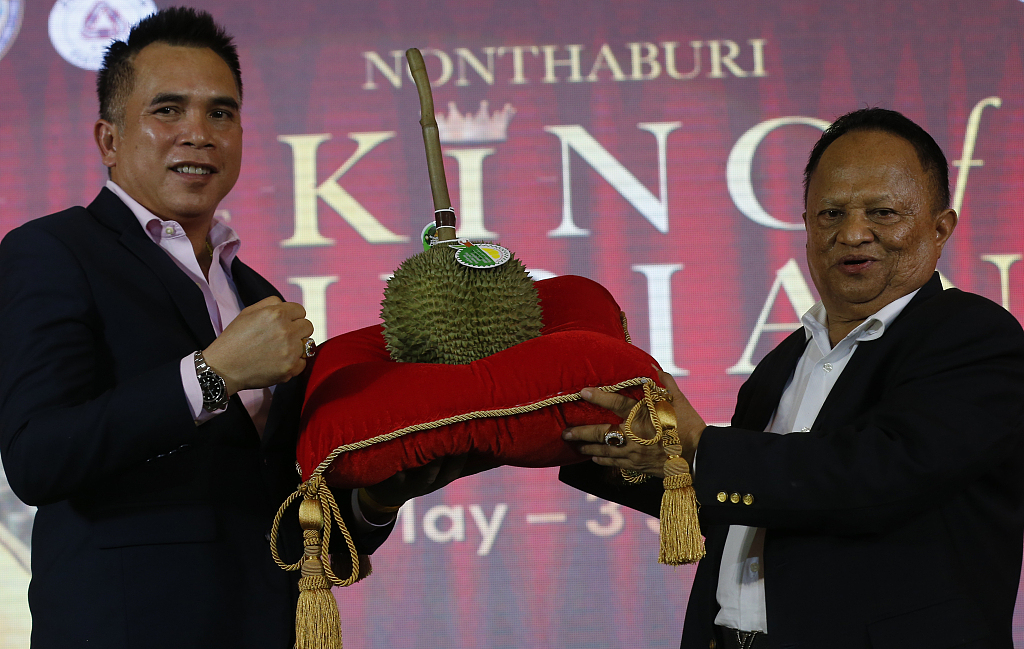
Image credit: CGTN / VCG Photo
Musang King and Black Thorn are the two most expensive durian varieties we have in Malaysia. But the most expensive durian ever sold is the kanyao durian from Thailand.
It is a rare type that was auctioned for ฿1.5 million (~USD47,784) at the King Of Durian Festival (All Thailand) in Nonthaburi on 7th June 2019.
The fruit was handpicked by the farmers just a day before the sale and it was selected for the auction because of its shape, maturity and size.
In Thailand, kanyao durians are said to be the most expensive type. They are very sweet, creamy and easy to spot because of their long stalks.
5. Durian Merah or red-fleshed durian is the most popular wild species
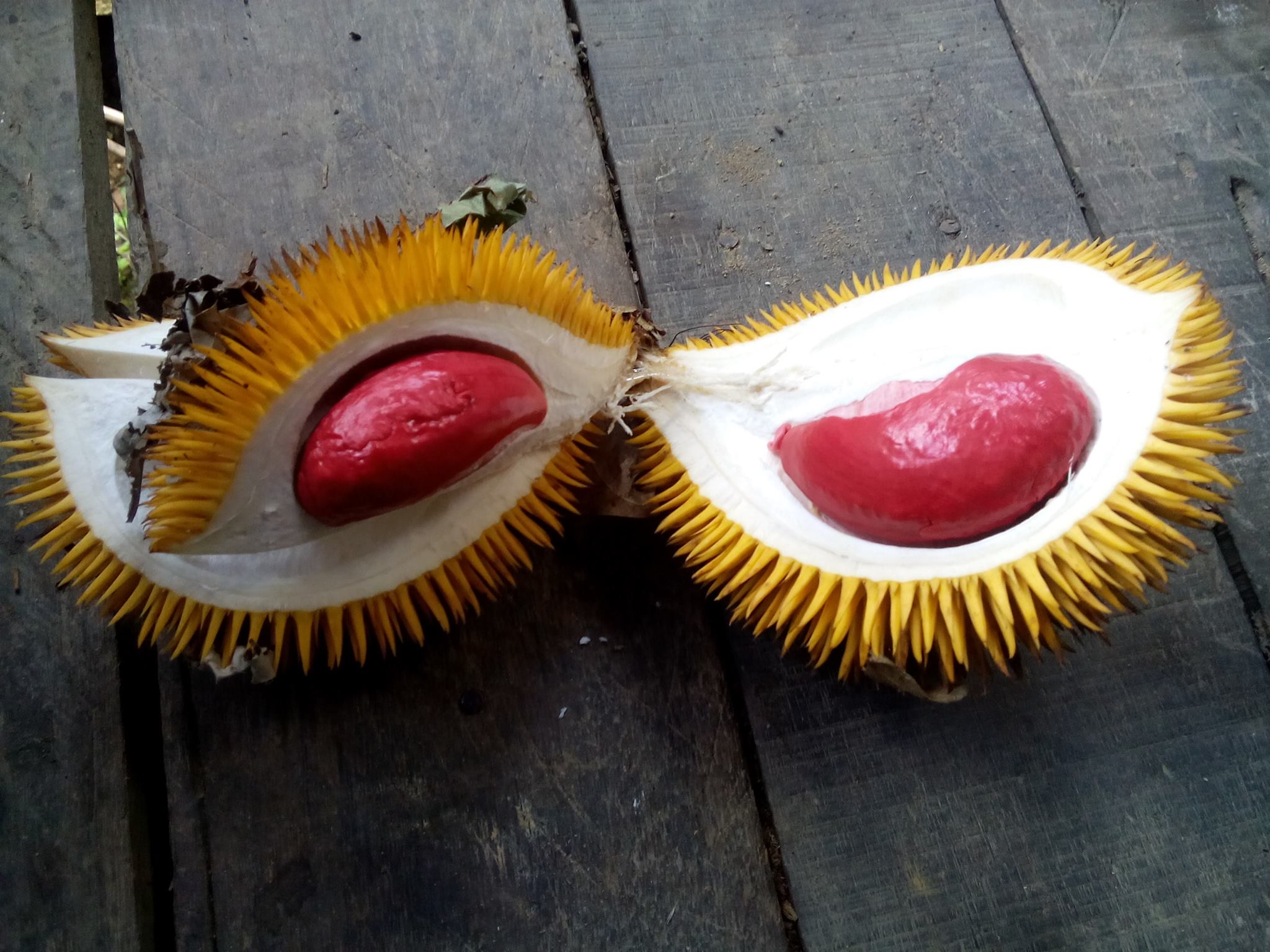
Image credit: Durian merah dan buah-buahan tempatan via Facebook
Durian merah or red-fleshed durian is a rare type of edible durian found mostly in East Malaysia. They are also known as orange-fleshed durian or yellow durian. Scientifically called Durio graveolens, this species is smaller and not as pungent as regular durians.
They are a must-try among durian lovers because of their visually pleasing appearance and brightly coloured flesh. However, red-fleshed durians are difficult to get because they are mostly sold commercially within East Malaysia only.
6. The scientific name for durian was derived from 16th-century Malay language
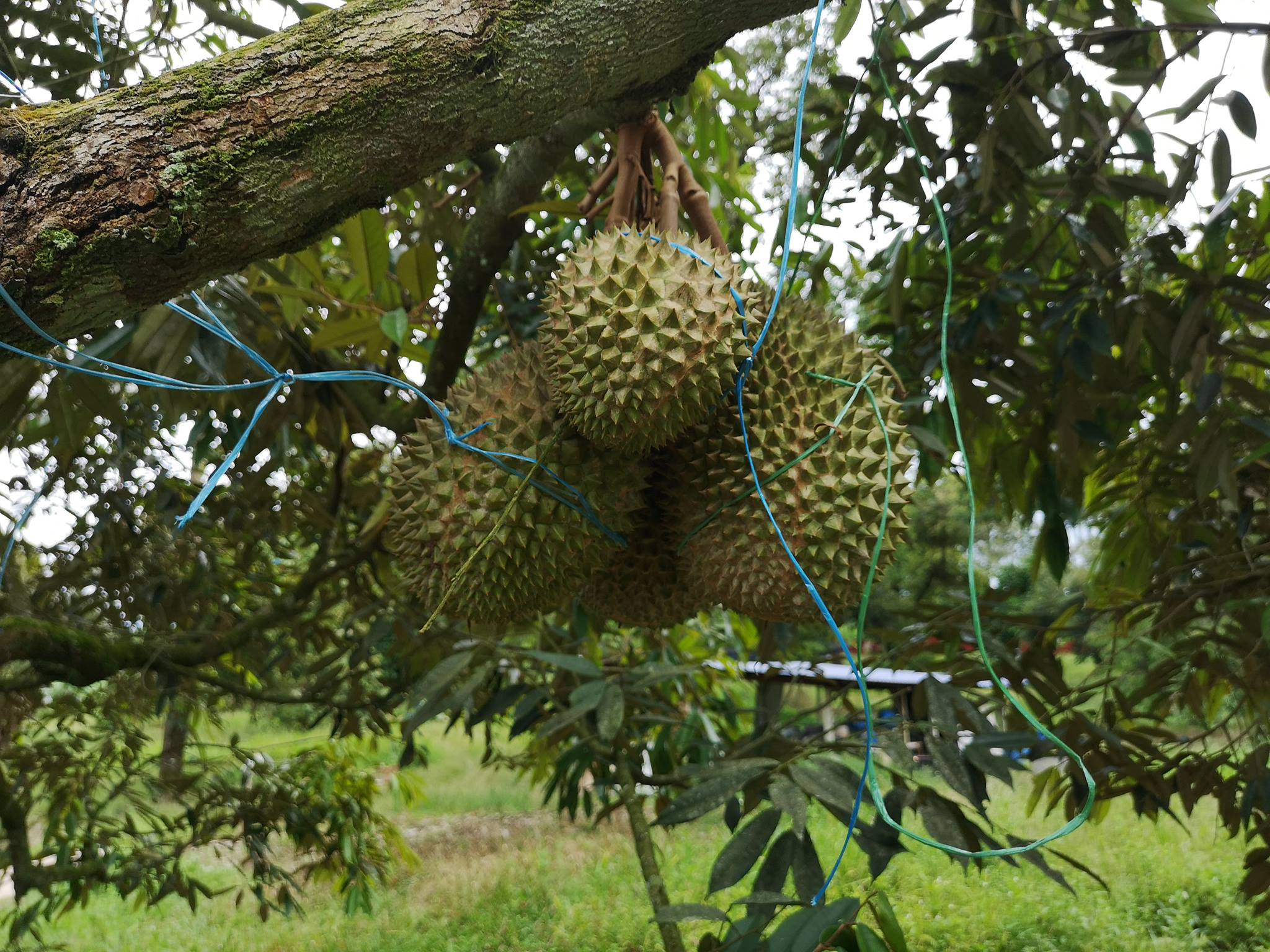
Image credit: 99 Old Trees Durian via Facebook
Everyone calls it durian. But only real connoisseurs know the history behind their famous names. The most common species that we consume today is scientifically called Durio zibethinus – where the “durio” was derived from the Malay word durian.
Historians believe that the word durian, duri meaning thorn and -an the noun-forming suffix, was used in the Malay archipelago as early as 1580, because the king of fruits is native to Malaysia, and were not found elsewhere in the world.
7. Durian trees can live up to 100 years or more
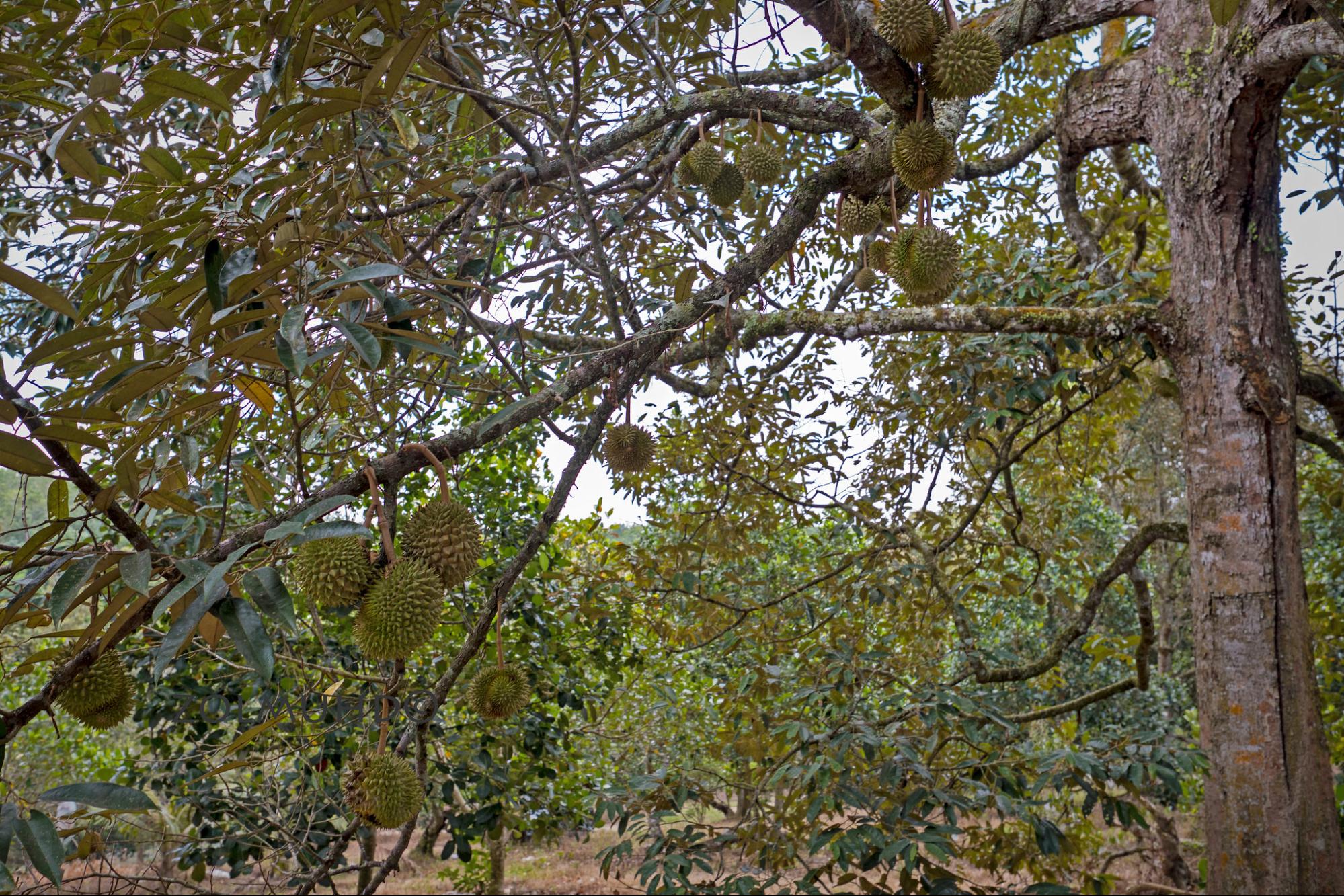
Image credit: zol m via Flickr
Durian trees can grow up to 50m tall and live up to 150 years or more, although the tree’s fruit production notably decreases with age.
It is important, however, to take note that the quality of fruit increases as the tree ages, which is probably why people advertise the tree’s age when selling durians.
In other words, the older the tree, the more expensive the fruit. It is claimed that the oldest durian tree ever reported is 300 years old and from Thailand!
8. Okra, hibiscus and cocoa are durians’ cousins
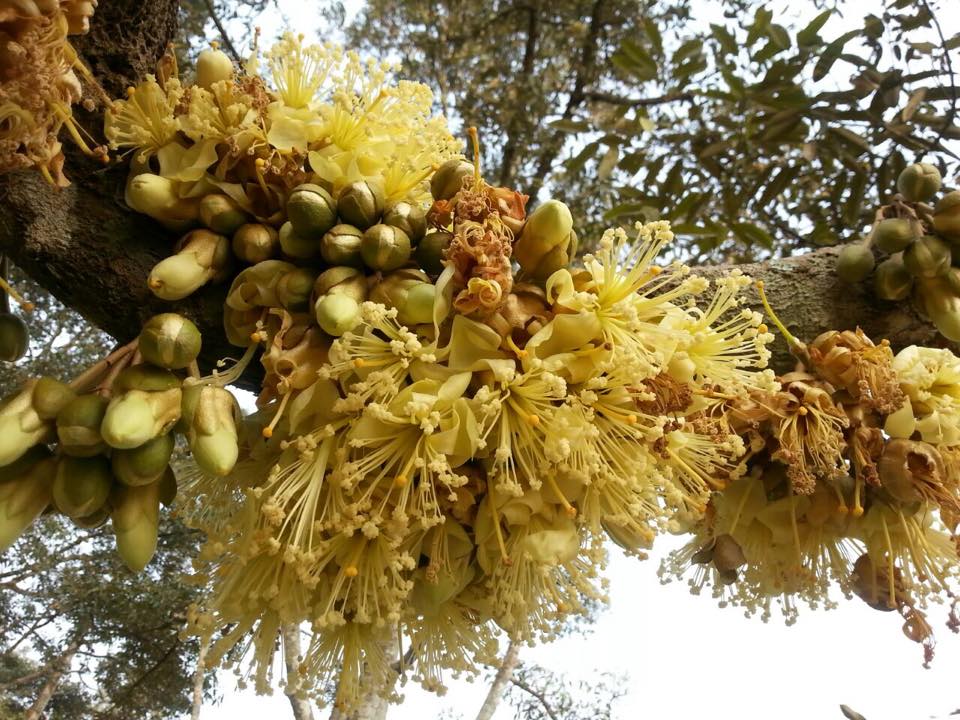
Image credit: All About Durians via Facebook
It’s hard to believe, but durians belong to the plant family Malvaceae or the mallows which include other common commercial plants such as okra, hibiscus, cocoa and cotton.
Initially, durians were classified into the plant family Bombacaceae by scientists. But when DNA tests were conducted at the end of the 20th century, scientists found that durians are very closely related to the mallows.
They were then reclassified into a larger single plant family called Malvaceae.
9. The Musang King has a partner and it’s called Musang Queen
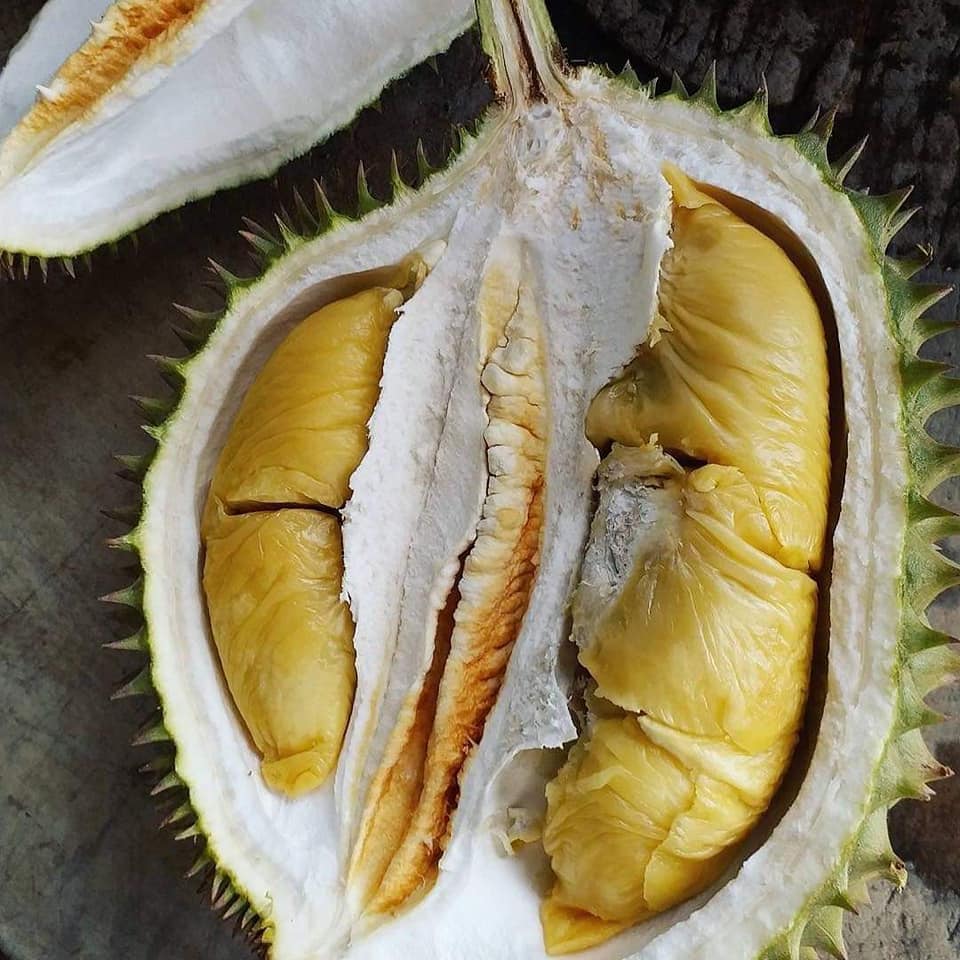
Image credit: Taman Botani Bobby via Facebook
Every king has a queen, and so does the Musang King. The king’s partner in crime goes by the name Musang Queen, and is more commonly known as Tekka or D160 – a famous type of durian originating from Selangor. The Musang Queen was first registered as a durian variety in June 1987, earlier than the Musang King.
Durian lovers will know of Tekka, as its brownish-yellow flesh has a bitter taste and creaminess that some people like. But is not recommended for first-timers because of its too-strong taste.
10. The popular belief that you shouldn’t drink alcohol after eating durians is somewhat true
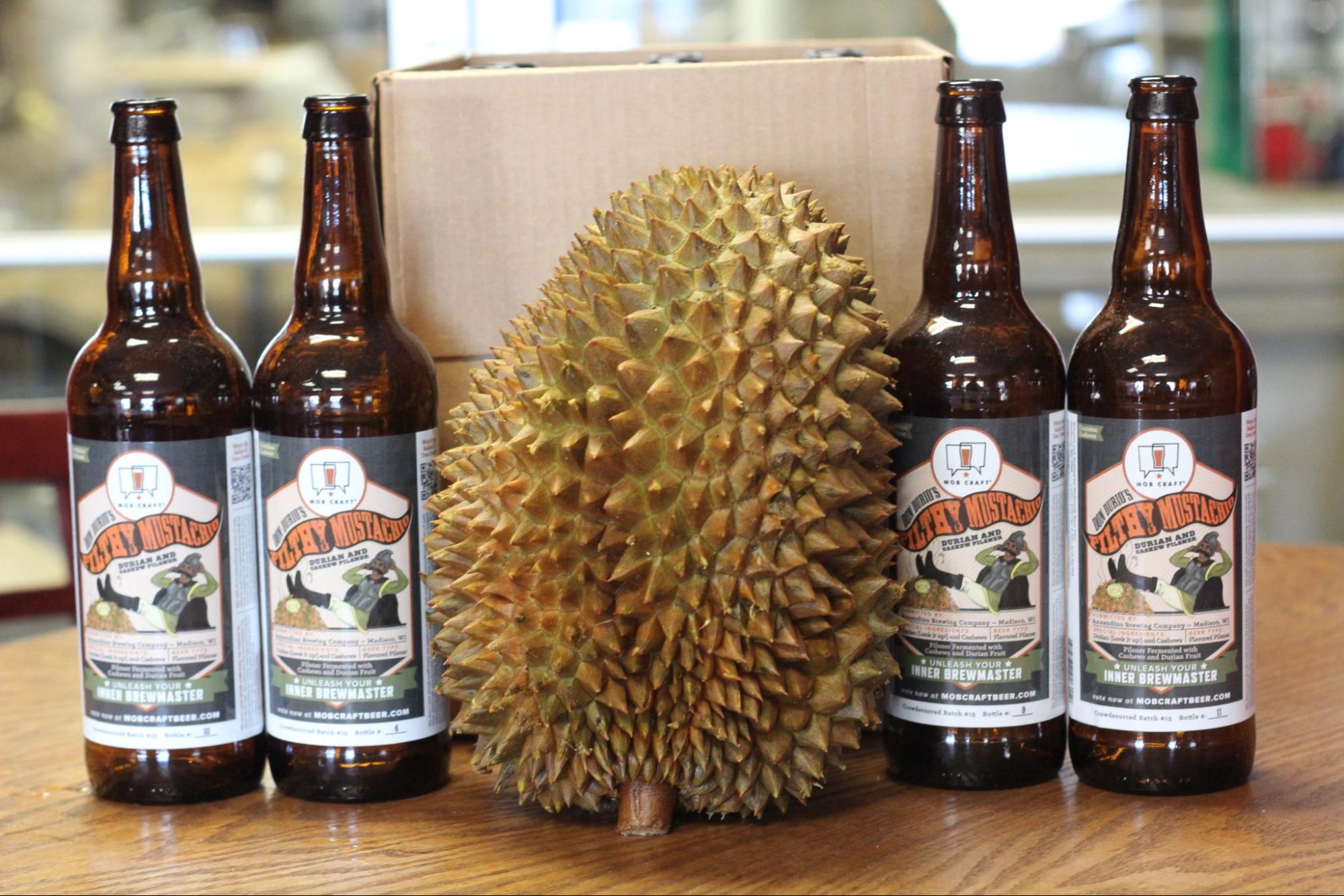
Image credit: @mobcraftbeer via Twitter / X
People often say don’t drink alcohol after eating durians because it can kill people. There may be some truth to this notorious belief, as a 2009 study by a group of scientists at the University of Tsukuba, Japan, found out.
The scientists found that aldehyde dehydrogenase (ALDH), the enzyme responsible for alcohol metabolism in our body, is impeded when a person eats durians. This means that consuming alcohol right after eating durians may lead to increased intoxication or death because the alcohol cannot be quickly metabolised by the body.
Fun facts about durians every durian lover needs to know
We hope these important facts will help you better understand durians so you can proudly call yourself a durian connoisseur. Trying more varieties of durians and reading more about the king of fruits would certainly upgrade your knowledge even more.
Other related articles here:
- Malaysian seller shows rare durian botak in viral video
- 11 durian delivery services in Klang Valley
- Chinese farmers breed coconut worms in durians
Cover image adapted from: Durianbb.com Malaysia via Facebook, Durian merah dan buah-buahan tempatan via Facebook
This article was first published on 14th July 2021, and updated on 24th July 2024 by Janet.
